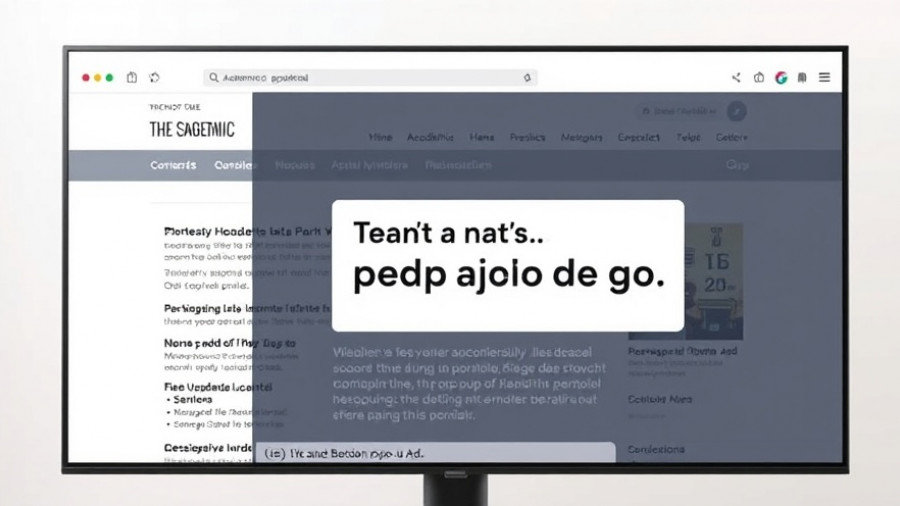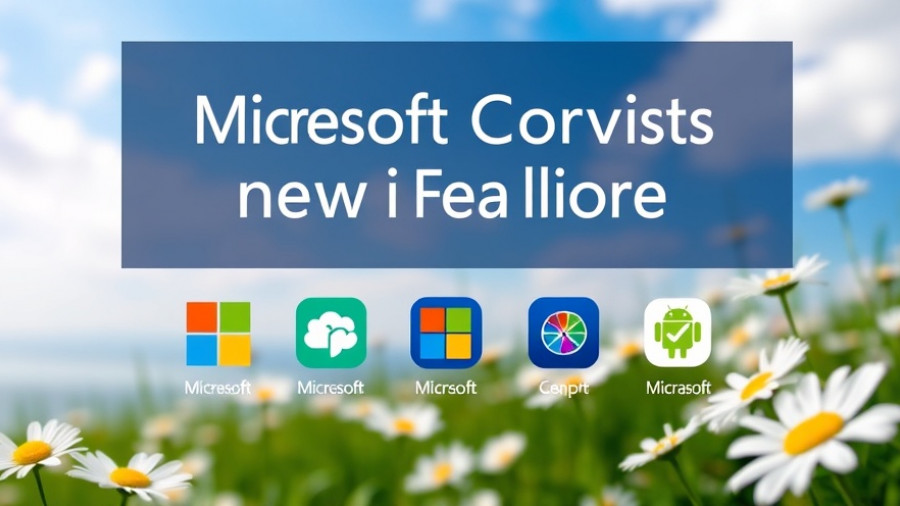
Introducing the Future of Conversation: Microsoft’s Copilot Portraits
Microsoft is making strides in artificial intelligence by introducing a new feature in its Copilot suite called Copilot Portraits. This innovative addition allows users to engage in conversations with animated digital portraits, making interactions feel more personal and intuitive. As Microsoft AI CEO Mustafa Suleyman noted, user feedback indicated that individuals prefer chatting with a face they can relate to, hence the development of this technology.
The Evolution of AI Companionship
The evolution from text-based interactions to more human-like conversations represents a significant shift in how we engage with AI. Copilot Portraits offers users the ability to select from a variety of stylized human avatars, each capable of expressions and gestures that mimic real-life conversations. This is a step beyond previous AI models that primarily utilized static text or cartoon-like figures, aiming to create a realistic interaction experience. Interestingly, it differs from Copilot Appearance—a feature designed for creating various avatars—by simplifying the visual representation to 2D portraits.
Technological Insights Driving Copilot Portraits
Microsoft's Copilot Portraits is built upon a sophisticated AI technology known as VASA-1, enabling users to generate natural facial animations and lip-syncing from a single image. This avoids the complexities of 3D modeling, allowing for quicker adaptations and real-time interaction. As AI becomes more integrated into daily life, users can expect an increasing number of innovations like these that enhance user engagement.
Challenges and Safety Measures
While the allure of conversing with a digital face is intriguing, Microsoft is cautious in its rollout of the Copilot Portraits feature. To mitigate potential risks, access is currently limited to eligible users over the age of 18. Daily interaction limits are imposed, alongside indicators clarifying to users that they are indeed interacting with AI technology. These measures not only ensure a safe environment but also help manage users’ expectations regarding AI interactions.
Understanding User Preferences for AI Interaction
Microsoft’s move towards making Copilot feel more like a confidant stems from a deeper understanding of how human empathy influences technology. Studies across behavioral psychology suggest that individuals often feel more at ease when communicating with an entity that bears a recognizable and relatable presence. This experiment is part of Microsoft's ongoing journey to refine the Copilot experience, paving the way for more naturally flowing conversations in the tech world.
The Future of AI Personalities
As digital interactions continue to evolve, the incorporation of personal, human-like features in AI companions could reshape user experiences across various platforms. Microsoft, alongside competitors like X, is exploring how these relationships can be both entertaining and functional. The rise of digital portraits, avatars, and other technologies highlights a trend towards making AI more accessible and relatable—echoing broader societal shifts towards personalization in tech.
The Copilot Portraits feature is currently rolling out gradually to Copilot Pro subscribers, priced at $20 a month. For users eager to explore this cutting-edge technology, it emphasizes the increasing trend of integrating voice with visually engaging AI. As we step into a future where humans and machines share discourse in a more tangible way, understanding user comfort and preferences will be essential.
Whether chatting with a digital portrait that mirrors your emotions or engaging with a completely unique character, the conversation landscape is set to change dramatically. Share your thoughts: do you think having an animated portrait makes AI interactions feel more genuine?
 Add Row
Add Row  Add
Add 




Write A Comment